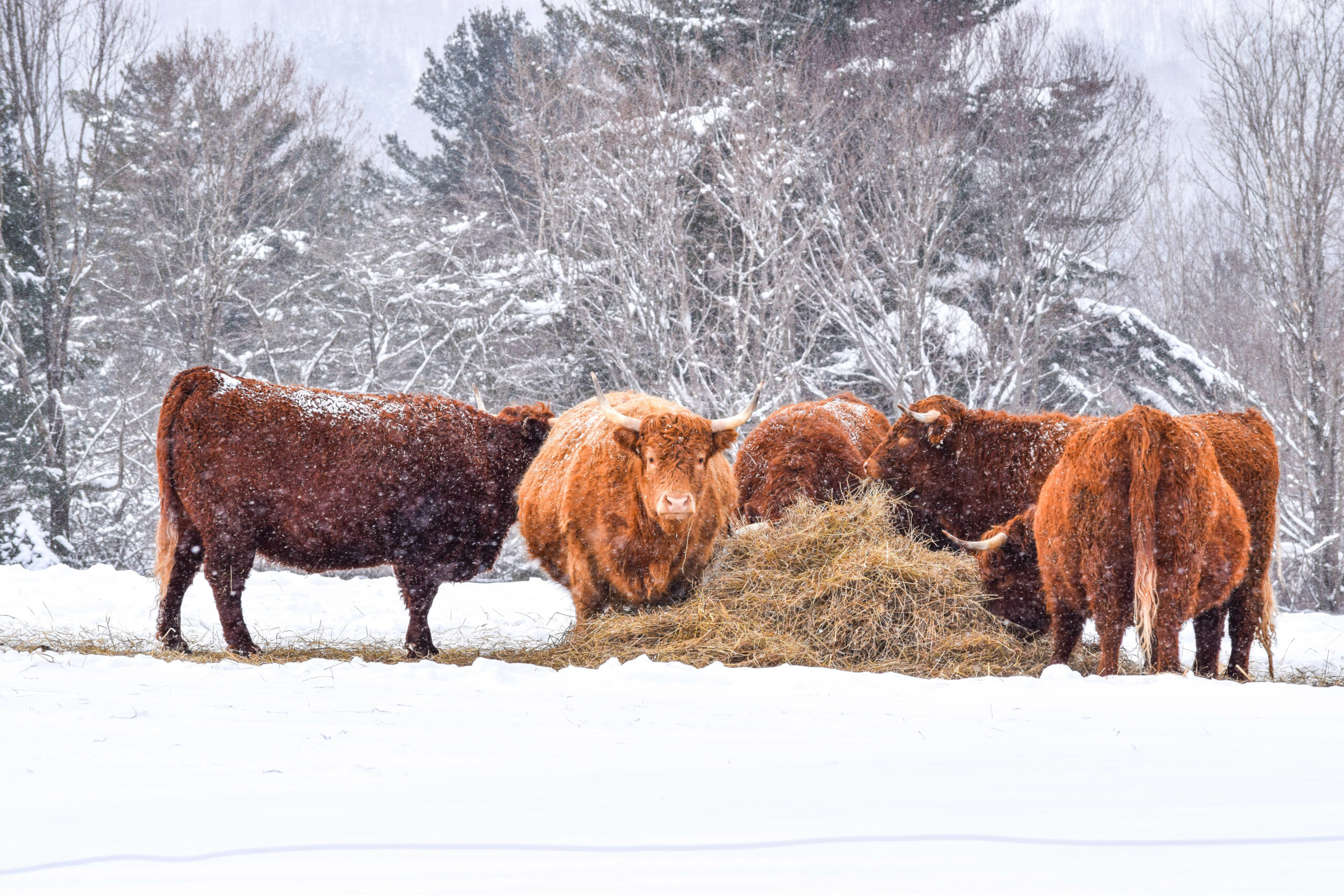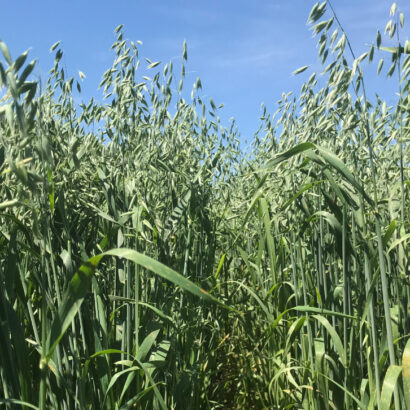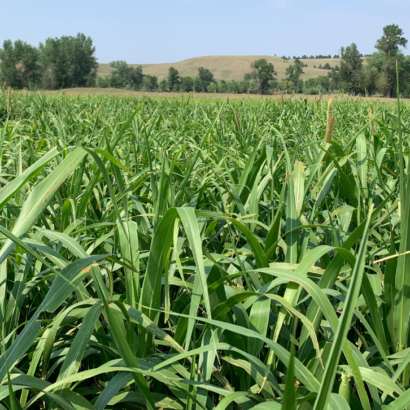The Holiday season has come and gone, and it’s always the best time to slow down and spend time with family and friends. For all cattlemen, that time away really only comes in short increments or requires more work ahead of leaving to get things lined up for chore help. Daily feeding is completely necessary for folks in a backgrounding or feedlot operation. But, if the holidays had you thinking about how you could lower your time spent with the cow herd, I have some ideas for you.
Now, I know it’s handy to use the choring excuse to leave the family gathering early. And, if you decide to change your cow feeding tactics, you can still claim to work harder. The paradigm shift is still in progress to think differently about how much our cows can do on their own versus how much we need to help them.
I recently read an article from the Canadian Beef Cattle Research Council that outlined adaptive winter grazing strategies. The focus was comparing swath grazing and bale grazing to crop residue grazing. I won’t do the article justice describing the details of managing each practice, but what I can do is break down the forage planting options for swath grazing. Ultimately, both practices are options for cattlemen to extend their grazing season. Coincidentally, that extended season could get you through the holidays! But more importantly, it could lower your labor, fuel, and machinery costs – all while having better manure distribution and gestating cows that exercise.
Swath grazing is the practice of wind-rowing the forage and allowing the cattle to graze an allocated amount. Allocation is calculated by knowing the total pounds of consumption for your group and the days that will be given, then temporary fence is set for the number and length of windrows. The most common forages used for swath grazing blends are a combination of cereal grains and brassicas. Forage oats, barley, and triticale along with forage peas make for a great base in the blend. Barley is used in shorter growing seasons or saline soils. Triticale works great on lighter soils and environments that get dry. Oats work best in higher rainfall areas or on heavy soils. When you’re practicing swath grazing, it is best to have the grains reach the dough stage before cutting. The forage peas will definitely add crude protein and palatability to each swath. Leafy, cold tolerant brassicas such as Winfred or Goliath hybrid rape are excellent choices for swath grazing blends. A couple of pounds per acre is adequate in boosting the overall quality of grazing in the swath. These are highly digestible plants that grow under the canopy of the tall grains.
This practice works best in lower rainfall environments that freeze up solid for the winter. The frozen ground will ensure less trampling waste, and less rain in the fall tends to keep the swath higher quality. This practice won’t be your entire winter-feeding strategy, but if you want to prolong the daily feeding of your cow herd, this is a great option to try.




Discussion
0 Comments